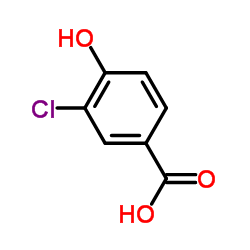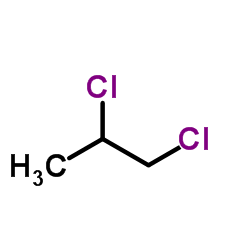| 结构式 | 名称/CAS号 | 全部文献 |
|---|---|---|
 |
3-氯-4-羟基苯甲酸半水合物
CAS:3964-58-7 |
|
 |
1,2-二氯丙烷
CAS:78-87-5 |